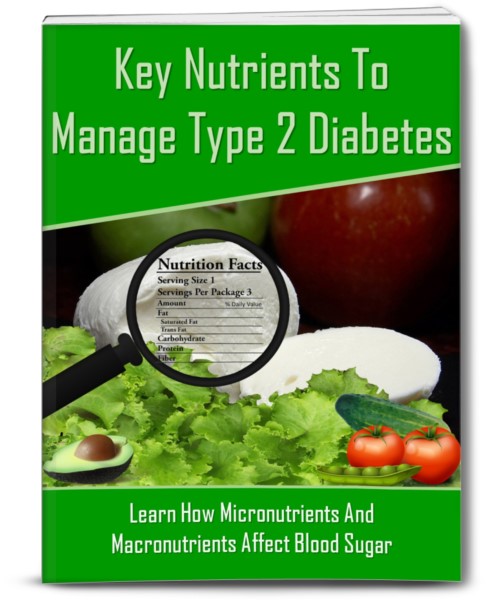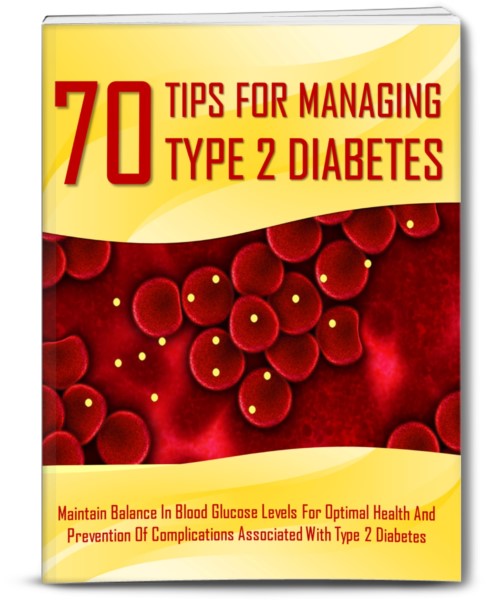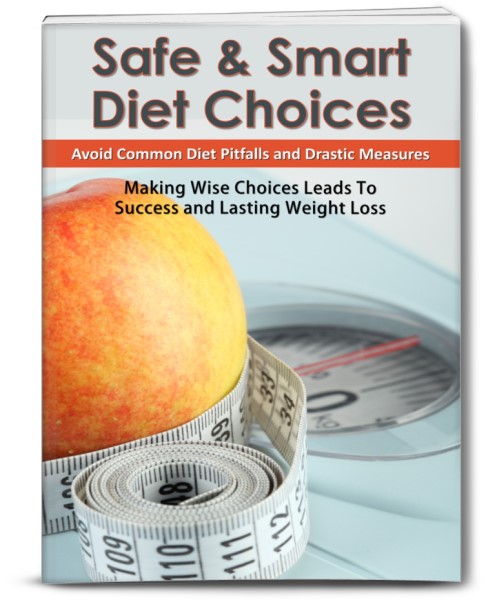Occasional Hunger Life Stretching And Less Age-Related Diseases
When it comes to your diet, you would be hard pressed to find someone who would deliberately starve themselves. Or at least, not someone who thinks that extreme caloric restriction could have marked anti-aging effects, reducing your risk of age related diseases.
In reality, however, it has been established since the 1930’s that lab rats fed a calorically restricted diet had experienced massively increased lifespans, as well as much later onset of age related diseases.
Fast forward 70+ years and dozens of experiments conducted on mammals all prove that caloric restriction, without the state of malnutrition, results in profound life extending effects that translate to slowed aging.
While studies on other animals are a good start, it in no way indicates if it would lead to a successful outcome in humans.
This is for a few reasons:
• Humans Are Different- animals have a standard activity levels, and results can be extrapolated across entire species.
• DNA Differences- things that may work in other animals would not necessarily translate over to humans.
But, a recent study published in January 2017 provided the most compelling argument to date- using rhesus monkeys as the test subjects.
What’s so special about rhesus monkeys? The fact that their aging patterns are very similar to humans, allowing us to study them in ways you could not with other animals.
The monkeys were put on caloric restriction diets for extended periods of time, with one monkey in particular starting at age 16, and currently age 43. Rhesus monkeys at age 16 are considered late middle aged, but his survival to current age (43) translates to a human living to 130 years old. His current age is a record for the species, proving that caloric restrictions has definite potential for extending the life of humans as well.
But there is a major sticking point when it comes to caloric restriction, especially when it involves reducing intake by 25-50% of total calories every day; the compliance factor. This simply means the number of people who are actually willing to able to continue on the diet may be extremely low, especially when you’ve grown accustomed to eating large, filling meals every day of your life.
But there’s a workaround. Luckily, another study conducted investigated a variety of a fast-mimicking diet, which is performed just 5 days a month, for 3 consecutive months, and is considered much safer and feasible, as it is still able to affect tenets of aging significantly.
In this study (conducted on humans) the caloric restrictions was set at 50% on the first day, then 70% for the next 4 days. Though this shorter duration makes it much more practical, it was still not easy as 25% of participants dropped out.
But there were marked benefits to subject’s health following the third month of the study, and persisted for at least 3 months afterwards.
The benefits observed included:
• Decreased Bodyfat Levels
• Better Blood Glucose Values
• Improved Blood Lipid Readings
• No Decrease In Muscle Mass
The results were more noticeable in obese or unhealthy subjects, but noted that they would likely have to repeat the fasting pattern every month until normalcy is achieved. Normal participants would most likely repeat the fasting pattern twice yearly.
Conclusion
The results thus far are promising, and offer an attractive alternative to a life filled with medication and disability.
If results are duplicated (fasting 5 days a month), it may well be worth the effort. Just don’t go overboard if you plan to restrict calories, as malnutrition may not be far away. Of course, you should always check with your doctor before doing any fasting.

































